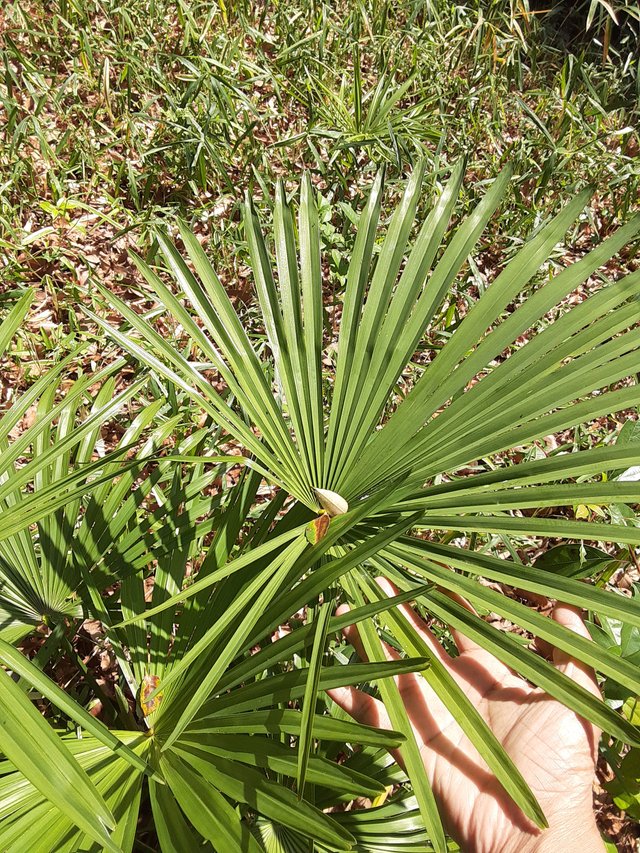
Trachycarpus fortunei, also known as the Chusan palm, windmill palm, or hemp palm, is a captivating species of palm tree native to the mountains of eastern Asia. Renowned for its cold hardiness and resilience, it's become a popular choice for landscapes in temperate climates around the world.
Leaf Characteristics:
One of the defining features of Trachycarpus fortunei is its magnificent leaves. Here's a breakdown of their key characteristics:
- Shape: The leaves boast a stunning fan-shaped form, often described as resembling a giant hand reaching towards the sky.
- Size: These leaves are truly impressive, measuring up to 6 feet (1.8 meters) in length, with individual leaflets reaching close to 3 feet (0.9 meters) long.
- Petioles: The long stalks supporting the leaves, called petioles, are bare and have two rows of small spines along their edges. These spines provide some protection from herbivores.
- Leaflets: Each fan is comprised of numerous slender leaflets. These leaflets are typically a vibrant green color but may take on a slightly yellow cast as they mature.
Leaf Functions:
The large, fan-shaped leaves of Trachycarpus fortunei play a vital role in the palm's health and survival:
- Photosynthesis: The broad surface area of the leaves maximizes their ability to capture sunlight for photosynthesis, the process by which the palm tree converts light energy into food.
- Shade: The leaves provide shade for the trunk, helping to regulate its temperature and prevent excessive water loss during hot weather.
- Transpiration: While some water loss is inevitable through the leaves, their waxy coating helps to minimize excessive water loss through transpiration, a crucial adaptation for surviving in drier climates.
Leaf Sheaths:
As the leaves of Trachycarpus fortunei mature and eventually die, they don't simply fall off. Instead, the dead leaf bases persist around the trunk, forming a dense, fibrous sheath. This sheath offers several benefits:
- Protection: The fibrous sheath provides physical protection for the trunk from damage caused by extreme temperatures, strong winds, or even fire.
- Insulation: The dense layer also acts as an insulator, helping to regulate the temperature of the palm's core, especially during cold winters.
- Habitat: The fibrous sheath can create a microhabitat for beneficial insects and other small creatures.
Overall, the leaves of Trachycarpus fortunei are not only beautiful but also crucial for the palm's survival and adaptation to its environment. Their size, shape, and unique life cycle contribute to the resilience and visual appeal of this fascinating palm tree.
Ref.:
 |  |
Upvoted! Thank you for supporting witness @jswit.
Downvoting a post can decrease pending rewards and make it less visible. Common reasons:
Submit